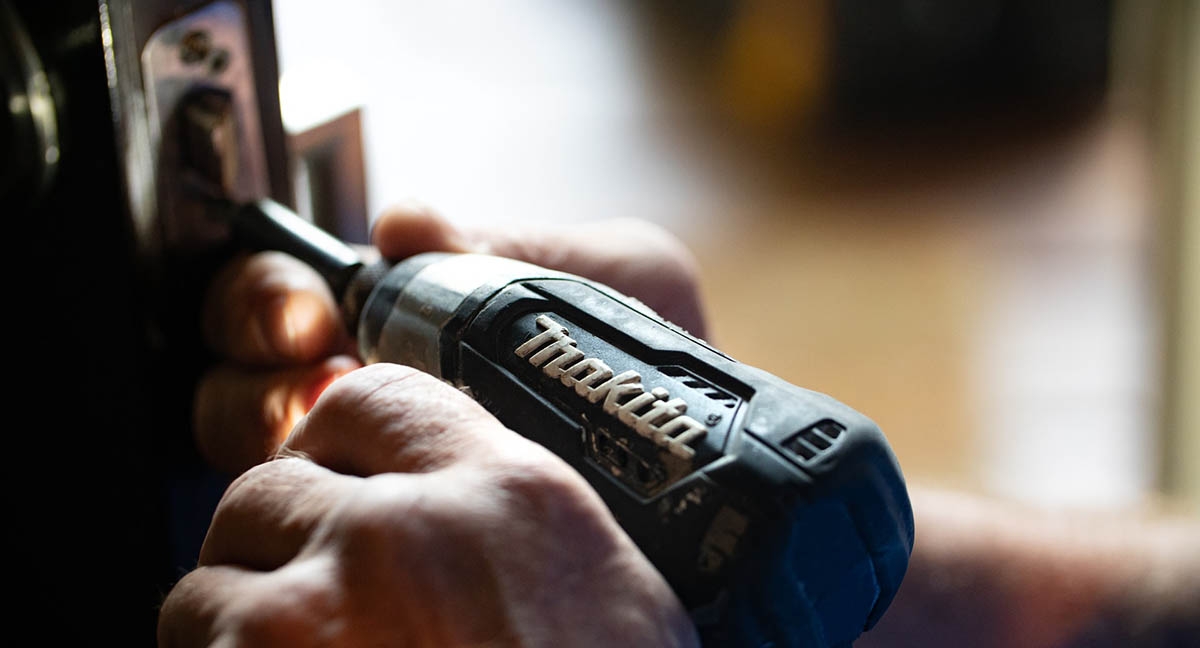
Guide to Bathroom Renovation in Ottawa
Renovating a bathroom not only enhances the comfort and aesthetic appeal of your home but also significantly boosts property value. Ottawa, with its unique blend of historic charm and modern development, provides an exciting backdrop for bathroom renovations.
Understanding the Ottawa Market
Current Trends
In Ottawa, there’s a strong preference for minimalistic and functional bathroom designs. Homeowners are increasingly opting for neutral color palettes, such as whites and grays, which contribute to a timeless and clean look. Smart storage solutions like built-in cabinets and floating shelves are also popular to maximize space without compromising style. Finding a customizable bathroom furniture manufacturer can go a long way to helping you find the style you’d like.
Popular Styles and Materials
The use of natural materials is a notable trend in Ottawa. Stone tiles, marble countertops, and wooden accents are commonly chosen for their durability and aesthetic appeal. These materials not only endure the test of time but also add a touch of natural beauty to the bathroom environment.
Planning Your Bathroom Renovation
The cost of bathroom renovations in Ottawa can vary by contractors, typically ranging from $5,000 for minor updates to over $25,000 for high-end remodels. For example, average cost at beleafrenovation.ca is near $15-20.000 It’s crucial to set a realistic budget considering factors such as the size of your bathroom, the quality of materials, and the extent of the renovations planned.
Selecting the right contractor is vital. Look for licensed professionals with positive reviews and a robust portfolio of completed projects in Ottawa. Ensure they understand local building codes and permit requirements, which can significantly influence the scope and timing of your renovation project.
Design Inspiration
Bathrooms in Ottawa often reflect a blend of functionality and aesthetic finesse. Freestanding bathtubs, walk-in showers with glass enclosures, and dual vanities are popular features. For a local touch, incorporating artwork from Ottawa artists or using locally sourced materials can personalize and elevate your bathroom’s design.
Renovation Process
Design and Planning
Start your renovation with a detailed planning phase. Collaborate with your contractor to create a design that optimizes space, functionality, and aesthetics. This stage should include detailed measurements, selection of materials, and a finalized floor plan. Consider elements such as the location of fixtures, type of storage, and overall style. Utilize 3D modeling if possible, to visualize the end result more clearly. This step is crucial for avoiding costly changes once the demolition and installation begin.
Demolition
With the design set, the next step is demolition. This involves removing old fixtures, tiles, and sometimes part of the wall or flooring. The goal is to strip the bathroom down to its sub-structure to prepare for new installations. Safety is paramount during demolition; ensure that all electrical and water supplies are safely disconnected before beginning this phase.
Plumbing and Electrical
Once the space is cleared, update the plumbing and electrical systems to accommodate the new design. This may include rerouting pipes or adding new electrical lines to support modern fixtures like heated floors or sophisticated lighting systems. Always use certified professionals for this work to ensure compliance with local building codes and safety standards.
Installation
After plumbing and electrical updates, begin installing new elements:
- Flooring: Start with the floors to avoid damage to other new installations. Options like ceramic, porcelain, or stone tiles are popular for their durability and water resistance.
- Fixtures: Install the bathtub, shower, toilet, and sink. Positioning should align with both the design plan and plumbing modifications.
- Cabinets: Assemble and install cabinetry. Custom or pre-fabricated units can be used depending on budget and design requirements.
Finishing Touches
Complete the renovation with finishing touches:
- Painting: Apply moisture-resistant paint to walls and ceiling. Choosing the right color can affect the perceived size and atmosphere of the room.
- Lighting: Install new lighting fixtures. Consider different layers of light, including ambient, task, and accent lighting to enhance the bathroom’s functionality and mood.
- Decoration: Add accessories such as mirrors, towel bars, and art pieces to personalize the space.
Handling Unexpected Issues
Renovations often reveal hidden problems such as water damage, mold, or outdated plumbing that does not meet current standards. Prepare for these potential issues by:
- Contingency Budget: Allocate an additional 10-20% of your total budget to cover unexpected expenses. This financial cushion can address issues without compromising the overall project.
- Flexible Timeline: Allow extra time in your renovation schedule for dealing with surprises. Rushing through unexpected repairs can lead to subpar solution
Sustainable Renovation Options
In response to the cold Ottawa climate, energy-efficient fixtures like low-flow toilets and showerheads, LED lighting, and radiant floor heating are excellent choices. These not only reduce utility bills but also contribute to a more sustainable home.
Ottawa boasts several suppliers that offer eco-friendly materials. From recycled glass tiles to sustainably harvested wood, these options allow homeowners to make environmentally conscious choices without compromising on style or durability.
Conclusion
Bathroom renovations can transform your living space and add significant value to your home. With careful planning, a clear understanding of the local market, and a focus on sustainability, Ottawa homeowners can successfully navigate their renovation journey to achieve a beautiful, functional, and eco-friendly bathroom.
By following this guide, you’ll be well-equipped to start your bathroom renovation project in Ottawa, ensuring it meets both your personal needs and the demands of the local environment.








